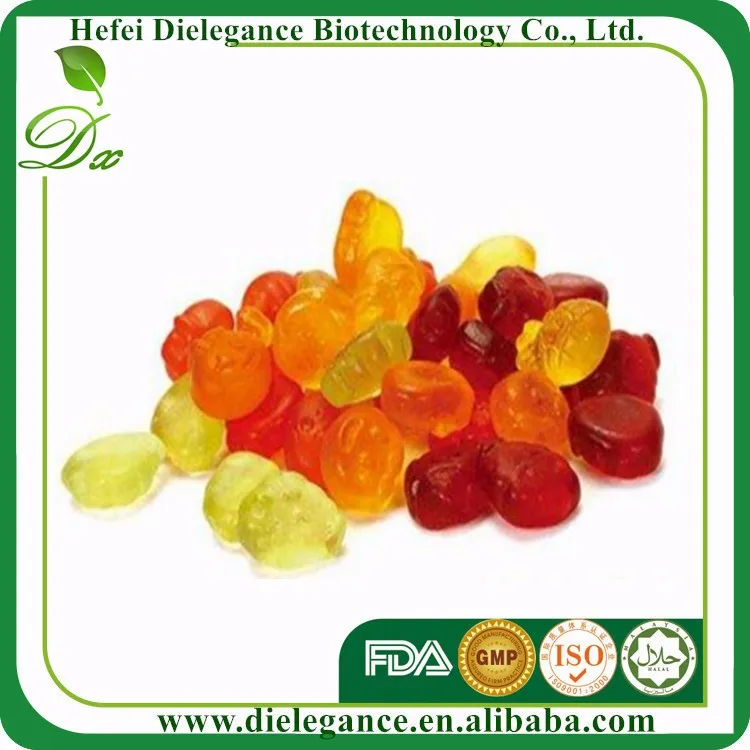

Temperature (gels and melts): Carrageenan gels are thermo-reversible. Depending on the concentration of carrageenans used and the presence of cations, the gelling/melting temperature ranges between approximately 104☏/40☌ and 158☏/70☌. View recipes with Kappa Carrageenan Carrageenan Properties
#REPLACING GELATIN WITH IOTA CARRAGEENAN HOW TO#
In the " Peruvian Inspired Filet Mignon with a Japanese Twist", we show how to make a smoked gouda custard using a combination of Iota and Kappa as shown in the picture below. Dry aged cheeses don't melt well and break into fat and chunks but carrageenans can stabilize the emulsion and solve the problem. For example, a combination of Iota and Kappa can be used to make what is called a constructed cheese which results in a cheese with the texture of nicely melted cheese but with the flavor of dry aged cheese. Iota and Kappa are frequently used together to adjust the resulting texture and mouthfeel. The " Liquorice All Sorts" recipe shows how to coat a sorbet with a liquorice gel as shown in the picture below. The solution needs to contain calcium or potassium for Kappa to gel.

Just dip it in the hot kappa carrageenan solution and as you remove it and cools down it will form a thin brittle gel coat around the ingredient. Kappa Carrageenan rapid setting allows you to cover an ingredient with a gel. Iota Carrageenan is great to make frozen desserts, to stabilize ice creams and hot dairy foams such as our Gruyere Hot Foam (shown below with egg yolk croquettes) and to make rich mouthfeel custards even with low fat content or eggs. All carrageenans show stabilizing properties in the presence of milk proteins. Readers native to the United States may notice that many heavy cream and yogurt products available in supermarkets use carrageenan as a thickener. Lambda Carrageenan will not form a gel, but can be used as a thickener. But in the presence of potassium salts, Kappa Carrageenan forms very firm and elastic gels. In the presence of calcium, Kappa Carrageenan forms stiff and brittle gels. Kappa Carrageenan gels as it reacts with calcium or potassium salts.

Iota Carrageenan requires calcium ions to develop a gel and as all carrageenans, it is vegetarian and a great alternative to gelatin. Iota Carrageenan forms a soft gel, especially in the presence of calcium. Iota Carrageenan is a great thickening and gelling agent mostly used with fruits and dairy to form a heat-reversible and flexible soft gel. Carrageenan is not a surfactant, but it will stabilize existing emulsions. The 3-dimensional network which helps stabilize emulsions also functions to suspend particles. One of the most important properties that truly differentiates carrageenan from other hydrocolloids is its ability to complex or interact with proteins and is used extensively to thicken, gel or stabilize dairy based solutions. Think of seaweed and how it can possess many different textures: it does this by mixing up its internal composition of Carrageenans. The location of this group affects the solubility and gel strength of the Carrageenan. The names of Carrageenans refers to the location along the long Carrageenan molecule where a particular branch of the molecule (in this case, an ester sulfate group) is connected. You may also see these ingredients referred to with their corresponding Greek lower-case letters: κ-Carrageenan (kappa), ι-Carrageenan (iota), λ-Carrageenan (lambda). There are many types of Carrageenan beyond kappa, iota, and lambda, but we only use these three types in cooking. To extract carrageenan from the raw seaweed, the seaweed is harvested, dried, and processed. For example, some seaweeds may be heavy in both kappa and iota carrageenans, while others may only contain a small amount of lambda carrageenan. The concentration and composition of carrageenan found in seaweed varies by the species of plant. Kappa Recipes Buy Kappa Carrageenan: OriginsĬarrageenans are linear sulfated polysacharrides extracted from certain species of red algae (seaweed) of the Rodophyceae class.


 0 kommentar(er)
0 kommentar(er)
